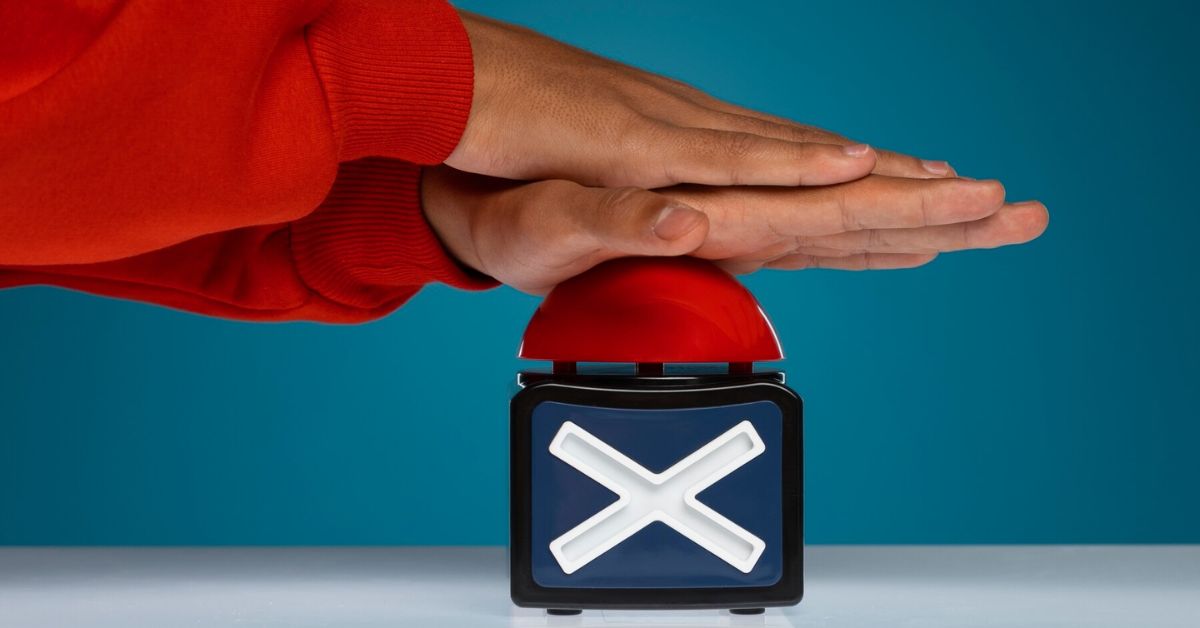Informal communication is like the behind-the-scenes chatter of our daily lives. It’s the casual conversation over coffee, the quick text to a friend, or the friendly banter at a workplace. But what exactly is understands informally nyt, and why should we understand it better? Let’s dive in and explore how informal communication plays a crucial role in our interactions and relationships.
What is Informal Communication?
Understands informally nyt refers to the spontaneous, unstructured, and often casual exchange of information. Unlike formal communication, which follows set protocols and formats, informal communication is more relaxed and fluid. It’s the kind of conversation that happens without the need for a formal agenda or structure.
YOU MIGHT ALSO LIKE: Macon County Jail Inmate Information: A Comprehensive Guide
Importance of Understanding Informal Communication
Understands informally nyt is essential because it affects how we connect with others. It influences our personal relationships, workplace dynamics, and even our social interactions. By grasping the nuances of informal communication, we can enhance our ability to relate to others and navigate various social settings more effectively.
Types of Informal Communication
Face-to-Face Interaction
Face-to-face interaction is the most direct form of informal communication. It involves real-time exchanges of ideas, emotions, and information. This type of communication allows for immediate feedback and helps in building stronger personal connections.
Digital Communication
In today’s digital age, informal communication often takes place through various online platforms:
Social Media: Platforms like Facebook, Twitter, and Instagram facilitate informal interactions through posts, comments, and direct messages. These platforms allow people to share personal updates, engage in casual conversations, and connect with others.
Messaging Apps: Apps like WhatsApp, Telegram, and Messenger offer instant communication, making it easy to stay in touch with friends and family. These apps support text, voice, and video communication, enhancing the informal exchange of information.
Written Informal Communication
Written informal communication includes emails, text messages, and handwritten notes. While emails can sometimes be formal, they are often used informally for quick exchanges. Text messages and handwritten notes are typically more casual and personal.
The Role of Informal Communication in Daily Life
Personal Relationships
Informal communication is crucial in personal relationships. It helps in building trust, expressing emotions, and maintaining close connections. Whether it’s a chat with a close friend or a casual conversation with a family member, informal communication strengthens bonds and deepens relationships.
Workplace Dynamics
In the workplace, informal communication can significantly impact team dynamics. It helps in fostering a relaxed atmosphere, facilitating collaboration, and enhancing team cohesion. Informal conversations often lead to innovative ideas and solutions, making them valuable in a professional setting.
Social Interactions
Informal communication also plays a role in social interactions outside of personal and professional contexts. It helps in making new friends, participating in community activities, and engaging in casual conversations during social events.
Advantages of Informal Communication
Builds Trust and Rapport
One of the primary benefits of informal communication is that it helps in building trust and rapport. Casual conversations allow people to express themselves more openly and honestly, leading to stronger interpersonal connections.
Facilitates Quick and Efficient Exchanges
Informal communication often leads to quicker and more efficient exchanges of information. Without the constraints of formal protocols, people can share ideas and solve problems more rapidly.
Encourages Open and Honest Dialogue
Informal settings tend to encourage more open and honest dialogue. People are more likely to express their true thoughts and feelings in a relaxed environment, leading to more meaningful conversations.
Challenges of Informal Communication
Misunderstandings and Misinterpretations
One challenge of informal communication is the potential for misunderstandings and misinterpretations. Without the clarity of formal communication, messages can be easily misconstrued, leading to confusion or conflict.
Lack of Professionalism
Informal communication can sometimes lack the professionalism required in formal settings. This can lead to issues if not managed properly, especially in a workplace environment where a certain level of formality is expected.
Potential for Gossip and Rumors
Another challenge is the potential for gossip and rumors. Informal communication can sometimes lead to the spread of unverified information, which can negatively impact relationships and organizational culture.
Strategies for Effective Informal Communication
Active Listening
To communicate effectively in informal settings, active listening is crucial. Paying attention to what others are saying and responding thoughtfully helps in building stronger connections and avoiding misunderstandings.
Clear and Concise Messaging
Even in informal communication, clarity is important. Being clear and concise in your messages helps in ensuring that your points are understood and reduces the risk of misinterpretation.
Empathy and Understanding
Empathy and understanding are key to successful informal communication. By putting yourself in others’ shoes and acknowledging their feelings, you can foster a more supportive and respectful communication environment.
Informal Communication in Different Cultures
Cultural Variations
Informal communication practices can vary significantly across cultures. Understanding these differences is important for effective cross-cultural interactions. For example, what is considered a casual conversation in one culture might be perceived differently in another.
Adapting to Cultural Differences
Adapting to cultural differences involves being mindful of varying communication styles and norms. By being aware of these differences, you can navigate informal interactions more effectively and build better relationships with people from diverse backgrounds.
The Impact of Technology on Informal Communication
Evolution of Communication Tools
Technology has significantly impacted informal communication by providing new tools and platforms for interaction. From early email systems to modern social media networks, technology has transformed how we communicate informally.
The Influence of Social Media
Social media has amplified the reach and speed of informal communication. It allows people to connect with others globally, share their lives, and engage in conversations that transcend geographical boundaries.
Balancing Informal and Formal Communication
When to Use Each Type
Balancing informal and formal communication is essential for effective interactions. While informal communication is great for building relationships and facilitating quick exchanges, formal communication is necessary for professional settings and official matters.
Integrating Informal Communication into Formal Settings
Integrating informal communication into formal settings can enhance workplace culture and foster better relationships. For example, informal team-building activities or casual conversations during meetings can help in creating a more cohesive and supportive work environment.
Conclusion
In summary, understands informally nyt is a vital aspect of our daily interactions. It helps in building personal connections, facilitating quick exchanges, and fostering open dialogue. However, it also comes with challenges such as misunderstandings and lack of professionalism. By understanding the nuances of informal communication and employing effective strategies, we can enhance our interactions and relationships in both personal and professional settings.
READ MORE: CLICK HERE





